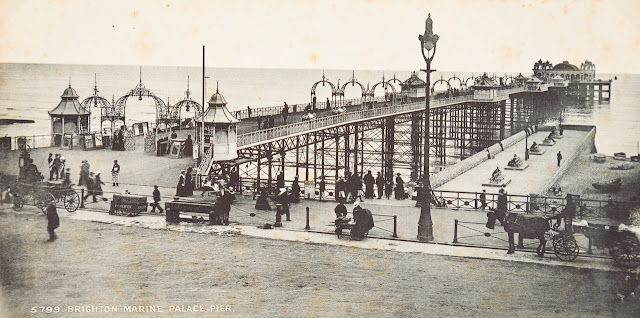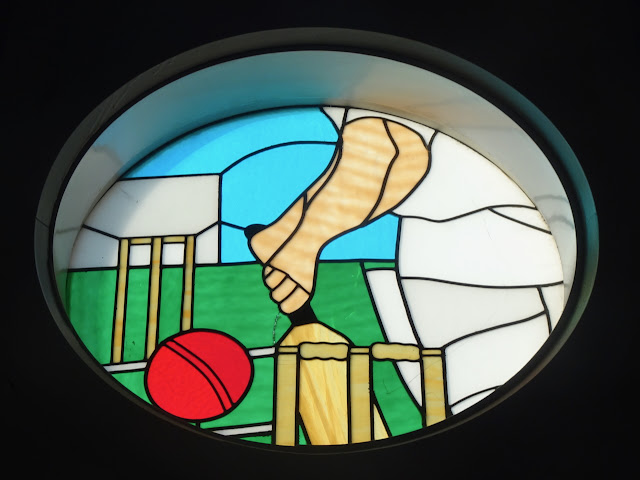As a wave of hot weather sweeps across the UK, Brighton Beach finds itself once again at the frontline of a summer heatwave. Crowds have surged to the seafront, swimmers dot the water, and sunbathers are making the most of the unusually high temperatures. With temperatures nearing - and in some parts exceeding - 30°C this week, Brighton is experiencing its hottest spell of the year so far, mirroring a national trend that has prompted heat health alerts and coastal safety warnings.
According to the Met Office, Brighton recorded its hottest day of the week earlier this month, part of a broader trend of increasing summer extremes. The warmest day ever logged in Brighton remains 19 July 2022, when temperatures spiked to 35.7°C. That same day also marked a historic national milestone: the UK’s all-time record high of 40.3°C was reached in Coningsby, Lincolnshire.
The photograph above was taken yesterday afternoon (while the sun was taking a break from scorching); and the photos below were taken in July 2022 (the one on the left sourced from The Argus, the one on the right from Sussex Live).
In contrast, this June’s heat is not yet record-breaking for Brighton, but it is consistent with the increasing frequency and intensity of heat events in southern England. Coastal towns like Brighton are experiencing earlier and more sustained summer heat spells, driven by both global climate shifts and regional atmospheric patterns. The BBC reported a few days ago that temperatures were well into the high twenties, triggering yellow health alerts and packed beaches from Bournemouth to Blackpool.
But while the sunshine may tempt thousands to flock to Brighton Beach’s iconic pebbles and cool waters, safety experts have been urging caution. The RNLI issued renewed warnings, especially in light of the growing crowds and warmer air temperatures. Despite the heat, the sea around Brighton remains relatively cold - a dangerous contrast that can lead to cold water shock. ‘Air temperatures may feel warm, but UK sea temperatures are cold enough year-round to trigger cold-water shock,’ warns Chris Cousens, RNLI Water Safety Lead. ‘Big waves and strong rip currents can overpower even the most confident swimmers.’
The RNLI’s Float to Live campaign is being widely promoted across coastal communities. The advice is simple but proven to be life-saving: if caught in trouble, tilt your head back, submerge your ears, stay calm and float - don’t try to swim immediately. So far, the technique is credited with saving at least 50 lives.
Statistically, the risk of accidental drowning increases fivefold when air temperatures rise above 25°C, according to research from the National Water Safety Forum and the Royal Life Saving Society (see Swimming.org). With that threshold breached in Brighton this week, the RNLI warning is especially timely - particularly for teenagers finishing their exams and heading to the beach to cool off, sometimes without awareness of the dangers.
However, as I write, the forecast is for temperatures to fall, to around 20°C for the next week.



.jpeg)






.jpeg)

